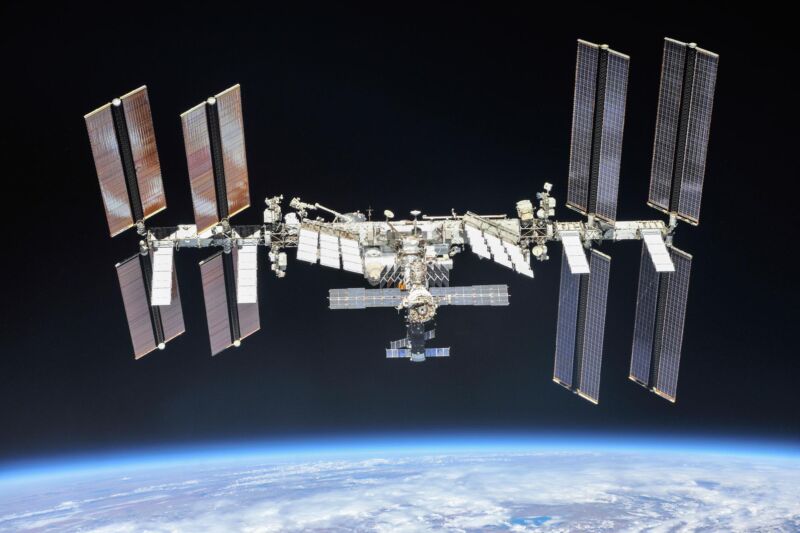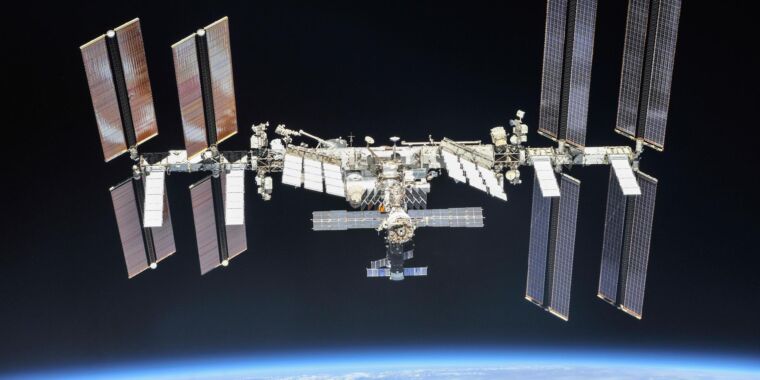
NASA/Roscosmos
Just over two years ago, Dmitry Rogozin, the belligerent former director of the Russian space agency, nearly brought down the partnership on the International Space Station.
During his tenure as director general of Roscosmos, Rogozin was known for his bombastic social media posts and veiled threats to abandon the space station after Russia’s invasion of Ukraine. Russian President Vladimir Putin abruptly fired Rogozin in July 2022 and replaced him with Yuri Borisov, a former deputy prime minister.
While the conflict between Russia and Western governments over the war in Ukraine has not yet cooled, threats against the International Space Station (ISS) have ended. The program remains one of the few examples of cooperation between the U.S. and Russian governments. Last year, Russia formally extended its commitment to the ISS until at least 2028. NASA and space agencies in Europe, Japan and Canada have agreed to maintain the space station until 2030.
It’s that two-year gap that has NASA officials planning the ISS’s final days worried. NASA awarded SpaceX a contract in June to develop a deorbit vehicle based on the company’s Dragon spacecraft to send the 450-plus-ton complex to a safe return over a remote stretch of ocean.
“We have that uncertainty, 2028 to 2030, with Roscosmos,” Robyn Gatens, director of the ISS program at NASA Headquarters, said during a meeting of the agency's advisory board this week. “We expect to hear from them in the next year or two about their follow-on plans, with the hope that they will go out to 2030 as well.”
Fighting through the tension
Roscosmos operates in four-year increments, so Russia’s decision last year extended the country’s participation in the space station program from 2024 to 2028. Russian space officials know that the future of the country’s space program is directly tied to the ISS. If Russia withdraws from the space station in 2028, Roscosmos will be left without much of a human space program.
There’s no chance that Russia will have its own space station in low Earth orbit in four years, so giving up its role on the ISS would leave Russia’s Soyuz crew ship without a destination. Russian and Chinese leaders have fostered closer ties in space in recent years, but China’s Tiangong space station is inaccessible from Russian launch pads.
The American and Russian segments of the ISS depend on each other for critical functions. The American segment generates most of the station's electricity and maintains the lab's orientation without using precious rocket fuel. Russia is responsible for maintaining the station's altitude and maneuvering the complex out of orbital debris, although Northrop Grumman's Cygnus cargo spacecraft has also demonstrated the ability to improve the station's orbit.
While Russia’s space program would feel the pinch if Roscosmos were to leave the space station prematurely, relations between Russia and the West are volatile. U.S. and European leaders may soon give Ukraine the green light to use Western-supplied weapons to launch strikes deep inside Russian territory. Putin said last week that this would amount to war. “This means that NATO countries, the United States and European countries are fighting Russia,” he said.

